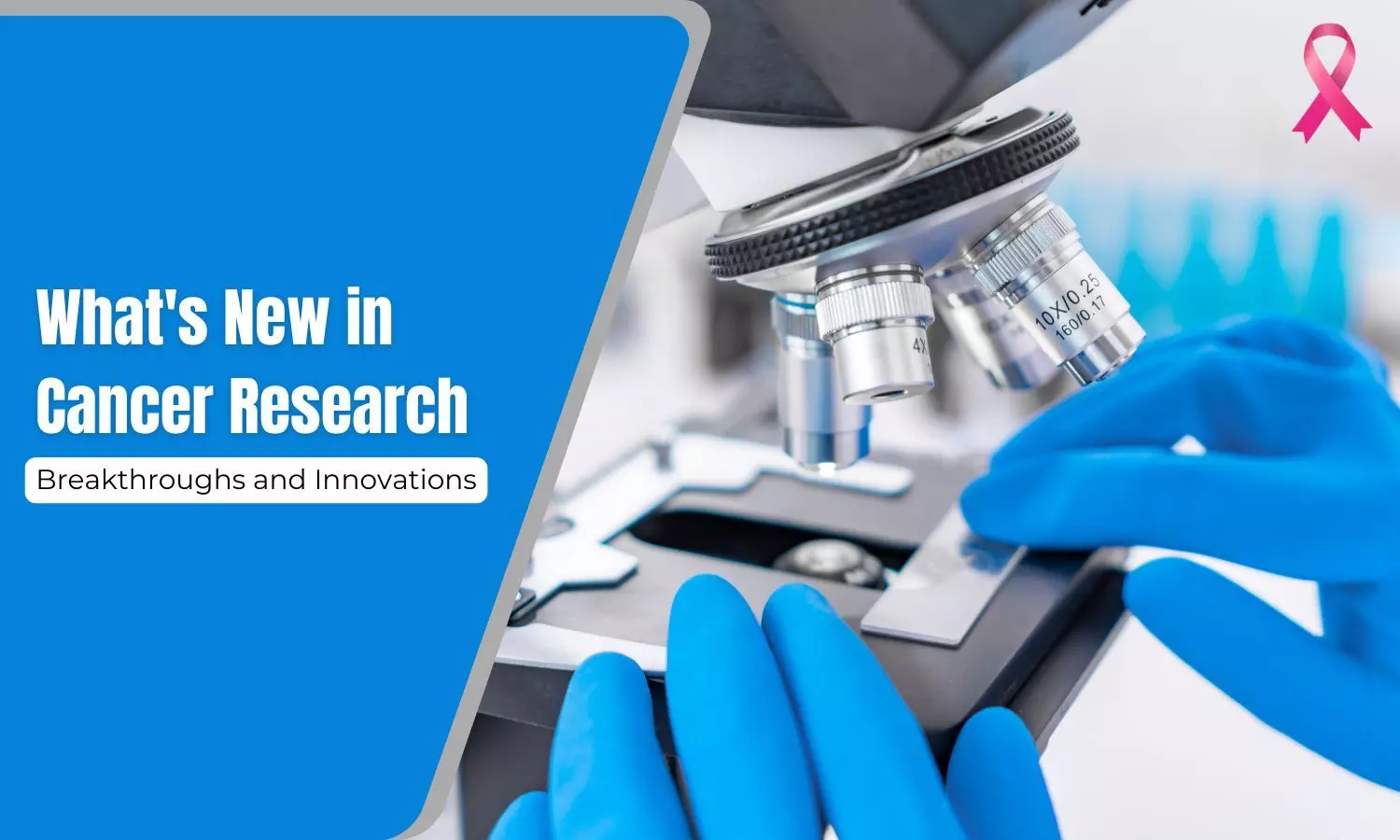
What's New in Cancer Research: Breakthroughs and Innovations The recent years have seen remarkable advancements in cancer research and this has given new hope to patients throughout the world. From innovative therapies to cutting-edge technology, scientists are continuously finding ways to improve cancer diagnosis and treatment. Here’s a look at some of the latest innovations in cancer treatment that are changing lives and improving survival rates.
Immunotherapy Immunotherapy is a treatment for cancer that boosts the body's immune system to fight cancer cells more effectively. It is one of the most promising innovations in cancer therapy. It uses drugs or other methods to enhance the immune response, helping it identify and destroy cancer.
New forms of immunotherapy like CAR-T cell therapy and immune checkpoint inhibitors have shown promising results in recent years. Chimeric Antigen Receptor T-cell therapy or CAR-T cell therapy is a treatment that uses immune cells called T cells that are genetically altered in a lab and allow them to find and kill cancer cells more effectively. Benefits: Drawback: AI in Cancer Detection and Diagnosis Artificial Intelligence is transforming almost all aspects of our world.
From healthcare to education, it has taken over everything. One such advancement of AI is how we detect and diagnose cancer. With advanced algorithms, AI can analyze medical images like X-rays, MRIs, and CT scans to spot early signs of cancer that might be hard for the human eye to detect.
This quick and accurate detection helps doctors identify cancer at earlier stages, improving the chances of successful treatment. AI also assists in analysing biopsy samples and patient histories to make more precise diagnoses. Benefits: Challenges: Precision Oncology Precision medicine is a new weapon to beat cancer.
In this, the genetic makeup and molecular characteristics of cancer tumours in individual patients are studied. Instead of using a one-size-fits-all treatment, doctors analyze specific genetic mutations and characteristics of a patient’s tumour. This approach allows doctors to choose therapies that are more likely to be effective, reducing trial-and-error approaches.
Benefits: Disadvantages: Liquid Biopsies Biopsies are the main way doctors use to diagnose cancer. But this method involves removing a part of tissue from the body. Liquid biopsies are a breakthrough in cancer detection, allowing doctors to detect cancerous cells in blood samples rather than through traditional tissue biopsies.
This non-invasive method offers a way to monitor tumour progression without the need for surgery. Benefits: Disadvantages: Global cervical cancer treatment breakthrough One of the biggest breakthroughs of 2024 is the announcement of cervical cancer treatment. The new treatment plan was evaluated in patients recruited over a decade from the UK, Mexico, India, Italy, and Brazil.
The trial showed that giving cervical cancer patients a short course of chemotherapy before starting the standard treatment reduced the risk of death 40%. The risk of cervical cancer returning or growing again is reduced after responding to treatment by 35%. Benefits: Personalised Vaccines for Cancer Personalised vaccines are another innovation that has brought a huge change in cancer treatment.
These vaccines are designed specifically for an individual’s unique cancer. Unlike other vaccines which target common viruses, these vaccines focus on the specific characteristics of a person's tumour. They are created by analysing the cancer cells and identifying unique proteins or markers that are present only in those cells.
Benefits: Disadvantages: Unlike a few years ago, cancer treatment has taken a drastic step in treating people effectively giving new hope to patients as well as their families. Understanding the latest advancements and knowing their benefits will all bring us one step closer to a cancer free future..














